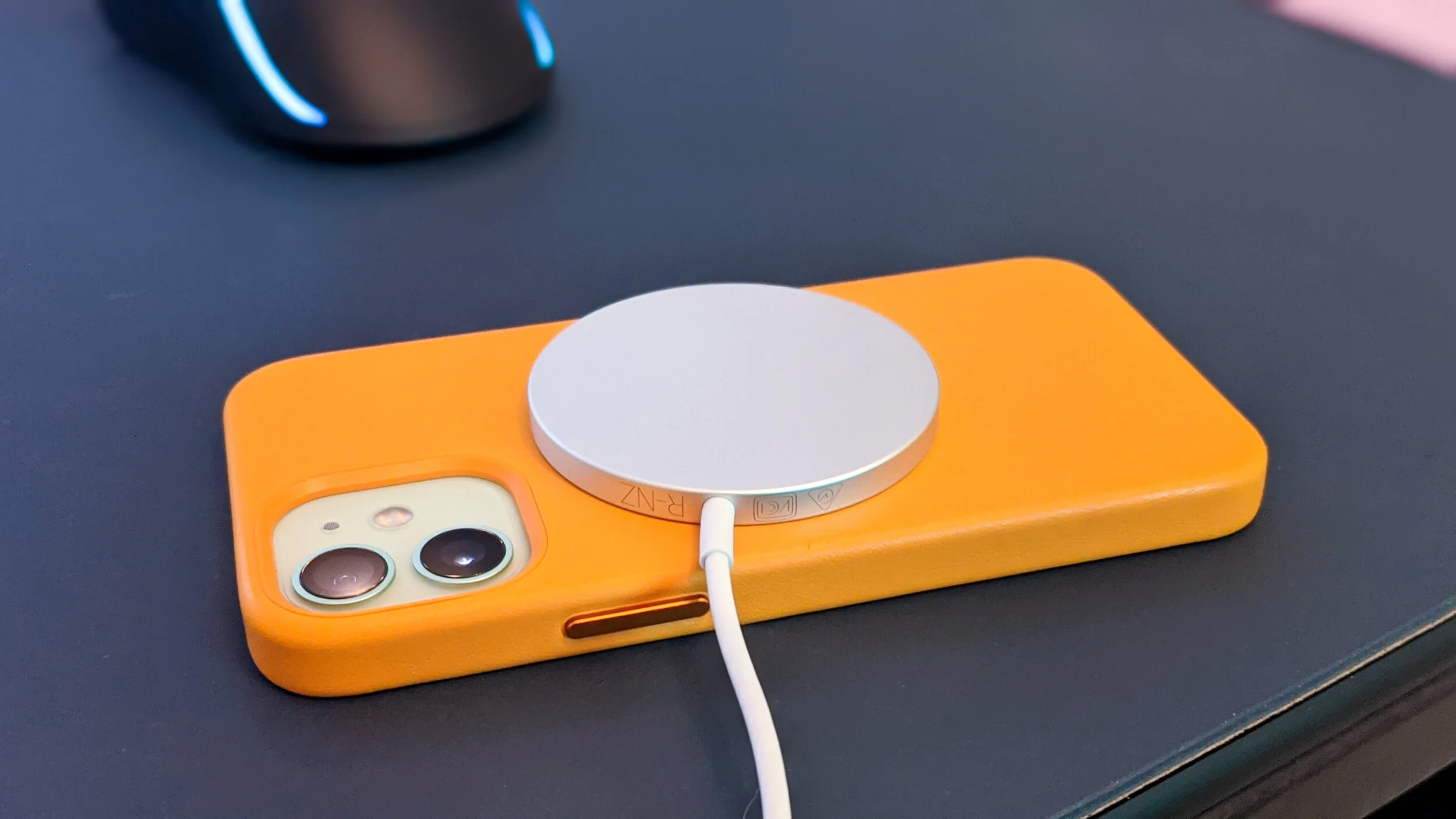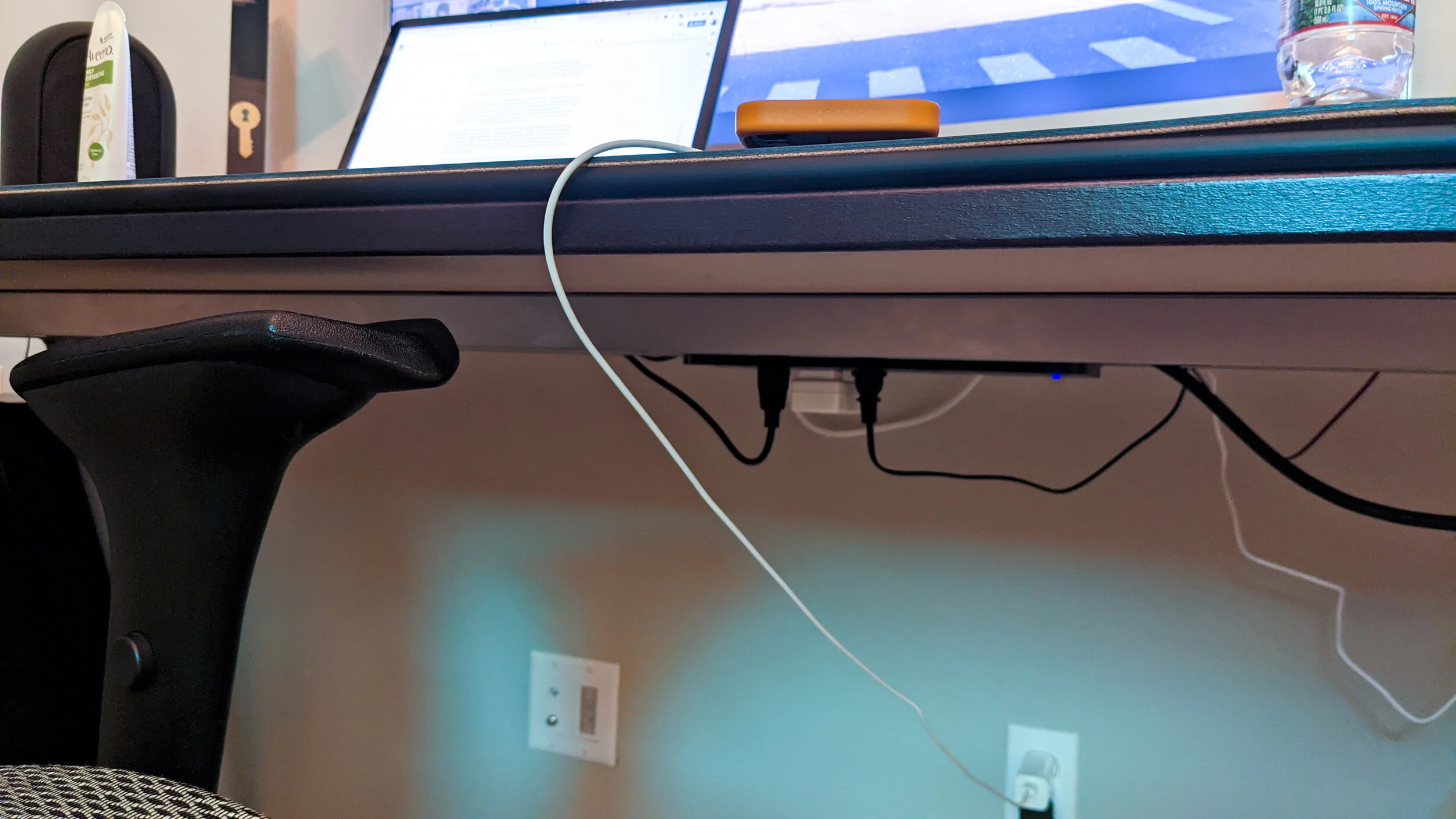MagSafe Charger Review: Time to Rant
Retail Price: $39.00
We are a participant in the Amazon Services LLC Associates Program, an affiliate advertising program designed to provide a means for us to earn fees and support our channel by linking to Amazon.com and affiliated sites.
There are just some things about technology that even I don’t understand. We here at The Sypnotix have been fortunate to get our hands on a bevy of cool and interesting gadgets and accessories to get a glimpse into the future. Most of the time I don’t mind spending a little bit of money I know I really shouldn’t on a product that clearly isn’t worth the price it’s being sold at. Other times I’m just left scratching my head dumbfounded at what exactly I’m missing. This is the new MagSafe Charger from Apple and it is absolutely unnecessary.
Initial Excitement
First off, Apple has really been on a winning streak with me. On the early days of the channel, I enjoyed using Apple products to an extent, but I’ve also debated within myself whether it was truly worth the premium price to enter into the Apple ecosystem. With lower MSRP phones and even computing options these last couple of years, I’ve honestly had no problem recommending Apple products to the everyday man or woman.
I was also a big fan of the original MagSafe technology on the Macbooks in the 2010’s. Those things literally were lifesavers for someone like me who was a kid fresh out of college relying on his Macbook Pro to make a living. While I never actually kicked or tripped over a cable (knock on wood), having that safety net of knowing your laptop would most likely stay in place with the connector disconnecting itself was just priceless. It was one of the casualties I did miss when Apple transitioned over to USB-C for power delivery.
Cause for Concern
So when Apple announced in late 2020 that MagSafe was back, obviously I was intrigued. Then I saw and got my hands on one and now I’m absolutely confused as to the actual purpose of this “MagSafe” Charger. The MagSafe technology built into the iPhone 12 family of phones is essentially a ring of magnets around the Qi sensor on the back of the phone. This magnetic pull allows Apple and accessory makers to make things like the new wallet add-on or this charger to seamlessly clip onto the back of the phone. If you’ve had a magnetic Qi charging case like the one we featured from Pitaka, imagine that built into the body of your iPhone.
This allows Apple to sell this new MagSafe Charger for $39.00. What you get is literally a puck shaped magnetic Qi charger attached to a USB-C cable. Like the new iPhones of 2020, Apple doesn’t include a power brick in the purchase. You’re going to have to purchase that for another $20 because Apple recommends you use a 20W brick and that’s how much they sell for on their stores. This is already annoying to me as someone who has set up a bunch of iPhones for elderly friends and family members.
If Apple is trying to prevent gadget waste and a bigger carbon footprint in producing new chargers, why would they have USB-C on the other side of the cable? Many people upgrading to the iPhone 12 lineup and by extension purchasing these MagSafe Chargers have USB A charging bricks. They won’t be able to plug these things in! They all have to buy a new USB-C charging brick anyway!
Fallacies Left And Right
Apple claims they’re saving the environment by not including the power brick. Yet their iPhone lineup still uses an outdated lightning port while all their other products and the rest of the tech world has transitioned over to USB-C. To make things even more complicated to the everyday user, the cable included in the iPhone 12 package is of the lightning to USB-C variety.
Follow the logic here: If Apple is trying to prevent gadget waste and a bigger carbon footprint in producing new chargers, why would they have USB-C on the other side of the cable? Many people upgrading to the iPhone 12 lineup and by extension purchasing these MagSafe Chargers have USB A charging bricks. They won’t be able to plug these things in! They all have to buy a new USB-C charging brick anyway! Even a tech reviewer like myself with dozens and dozens of phones, tablets and laptops, had to dig deep into my drawer to pull out a USB-C brick (Thank you Google Pixels). The irony right? While USB-C ports on phones are as common as a car driving down the street, most OEMS still provide USB-C to USB A cables with a USB A power brick.
By my count from my circle of friends and family alone, that’s way too many iPhone 12’s that will need a new charging brick if they want to use this MagSafe Charger.
That rant aside, what are the actual benefits of this MagSafe Charger? It pushes charging up to 15W which is actually pretty good by iPhone standards. By comparison, a Qi charging stand like the Pixel stand only maxes out at 10 watts for the Pixel 3. Speaking of which, I have an inkling that because of the magnet ring built into the iPhone 12, wireless charging is nearly incompatible with most other Qi chargers. I’ve dropped the iPhone on my other Qi chargers lying around the house overnight and every morning my battery has gone the opposite way even though it was originally “charging” before I went to bed.
That was one of the reasons why I was thrusted into trying out the MagSafe Charger. While I do like the flexibility it offers users to continue… well using your phone while “wirelessly charging”, this advantage is quickly negated by how short the attached cable is. I couldn’t even stretch it around the narrow little coffee table in the studio. And because the puck is built into one end of the cable, we can’t even buy a longer cable for slack. Even if there were more slack on the cable, after about 5 minutes, the phone does get a little uncomfortable to hold in your hand as it heats up when charging.
And finally to bring this review back full circle, let’s talk about the safety aura associated with the MagSafe name. If my dog walks by and accidentally trips the cable, will I feel safe knowing the iPhone will still be on the table with only the puck hitting the floor? Absolutely not, because that’s not what it’s intended to do. The magnetic connection is quite sturdy. While it isn’t too stiffly connected, it certainly isn’t loose enough to be able to disconnect from a sudden pull. The trajectory your phone is set on also doesn’t help prevent accidents like we’re accustomed to with the MagSafe branding.
Overall Thoughts
I honestly don’t see any benefit of using this MagSafe Charger over a regular Qi stand and I clearly don’t see any resemblance to the original MagSafe technology on the Macbooks. Those were truly one of those subtle technological developments that we take for granted. An underappreciated everyday use case that you benefit from. Instead what we got was a much less competent relaunch using the same name for marketing purposes instead of technological resemblance.














Alex
Caught in between the conundrum of his fascination with retro and the future, Alex has a very unique taste in technology. Never one to follow trends like his millennial peers yet constantly desiring to get ahead of the curve, he sees technology like he does his other love: comic books. Always looking for the best value or a hidden gem, his collector mindset reflects on some of his favorite gadgets: the Moto X (2015), HTC U11 and the Google Pixelbook. If there’s a good tech deal out there, Alex is on the hunt!